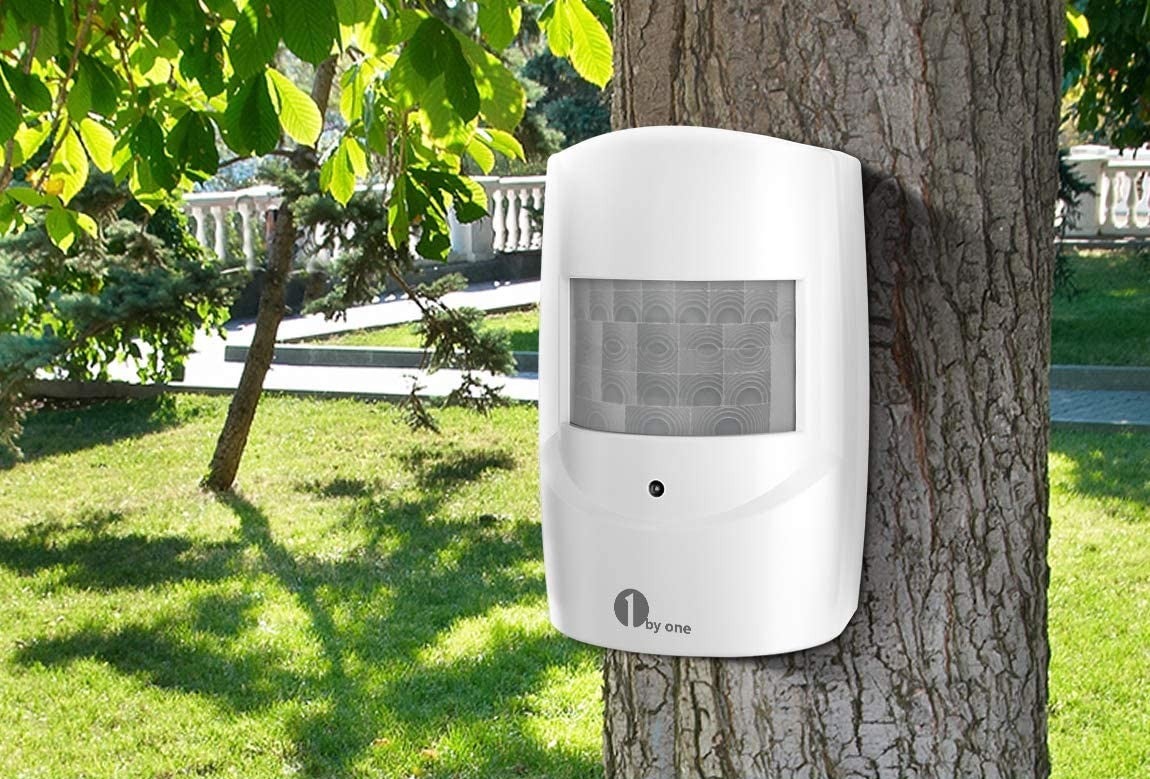DIRECTIVE FOR SELECTING A DRIVEWAY ALARM
Many driveway warning and alarm systems are currently available; some are wired, others are wireless, some use motion sensors, some have probes, yet others have rubber hose sensors. These systems have all been designed to send a notification when an individual or vehicle approaches a driveway, farm, barn, or store, irrespective of the brand, kind, or style. It may be confusing with so many possibilities. Which driveway alarm Lowes is best?
What Constitutes the Finest Driveway Security System?
Any object that moves over the path of a motion sensor, also known as a PIR (infrared sensors) detector, will be picked up. This can encompass both humans and automobiles as well as animals. It must be pointed in the right direction to prevent false alerts because it detects every motion. This sensor type is the most popular since it is affordable, adaptable, and simple to install.
- Using an electromagnetic vehicle sensor, a moving metal item may be detected by an electromagnetic field produced around the sensing element. The purpose of this kind of sensor is to locate moving automobiles, lorries, and other vehicles. Bicycles and other smaller metal things may also be picked up by it. These sensors may be positioned beside or below a driveway and, based on the vehicle speed, have a typical radar range of 8 to 15 feet. The probe is immediately linked to either a wireless emitter, a reception, or a chime.
- Rubber Hose Sensor: In this instance, the detecting area is covered by a rubber hose. The hose is connected to a diaphragm that senses when a car, truck, or other vehicle drives over it and causes air to move. This kind of sensor is incredibly simple to install because it just lies across the driveway or road. However, caution must be used in case dump trucks or graders break the hose.
- Break Beam Sensors, also called photo beam sensors, employ sender equipment that often shoots out numerous beams that are directed toward a receiver. The mechanism is activated when something traveling across the path of a few or all of the beams breaks one or several of them. This kind of system can cover a broad area and can identify humans, cars, and huge animals like deer.
Determine if you want a cabled or wireless driveway alarm
- Because they are less susceptible to interference and don’t require batteries that need to be changed, wired alarms are the most dependable and cost-effective to run. However, they may not work well over long distances or in locations where running a cable is not an option. Typically, wires should be covered to get them out of the path of people, objects, and animals.
- Since there are no cables to go from the “sensor” to the “receiver” or chime box, wireless alarms are easy to install. They are adaptable and less expensive to install. The distance between the sensor and the receiver must be taken into consideration. A straight line of vision distance free of obstructions or interference is the “open air” distance that wireless devices are certified for. Anticipate the range to be less than reported in the actual world. How many trees, walls, or other obstacles are in the way will determine how much lower. A fully extended is preferable in locations where there are significant slopes and metal barriers.
- Alarms that combine wired and wireless technologies are known as hybrid alarms. For instance, a driveway probe may be connected to a wireless transmitter via a line that is 50 to 1000 feet long. The wireless broadcaster may then permit an additional 1000–2500 feet of distance to the receiver. The distance can reach several kilometers in some circumstances, such as when using a MURS-based wireless transmitter and receiver.
Select the appropriate course of action when an automobile or individual is detected
The most typical use is to have an alert chime or noise inside a house, business, store, or garage. There isn’t much preparation needed here because this is a regular feature of most driveway alarms as well as property alarm systems. But if you want notifications in several buildings, be sure the system is compatible with numerous receivers. This will almost usually be a wireless communication system in this scenario, so make sure that the building isn’t built of metal and does not include metal siding that might block the signal. You should also verify the distance between the sensor and the receiver(s). Look for a system with a battery-operated portable receiver accessible if you move around the property a lot so you can carry it with you. Frequently, they will clip onto a belt.
Final words
You’ll be able to choose the ideal driveway alarm, car detector, or property burglar alarm for your application after you have the answers to these questions. Most of the time, they are DIY-friendly systems, but if in doubt, seek out advice and a kind friend or professional installation to aid.

